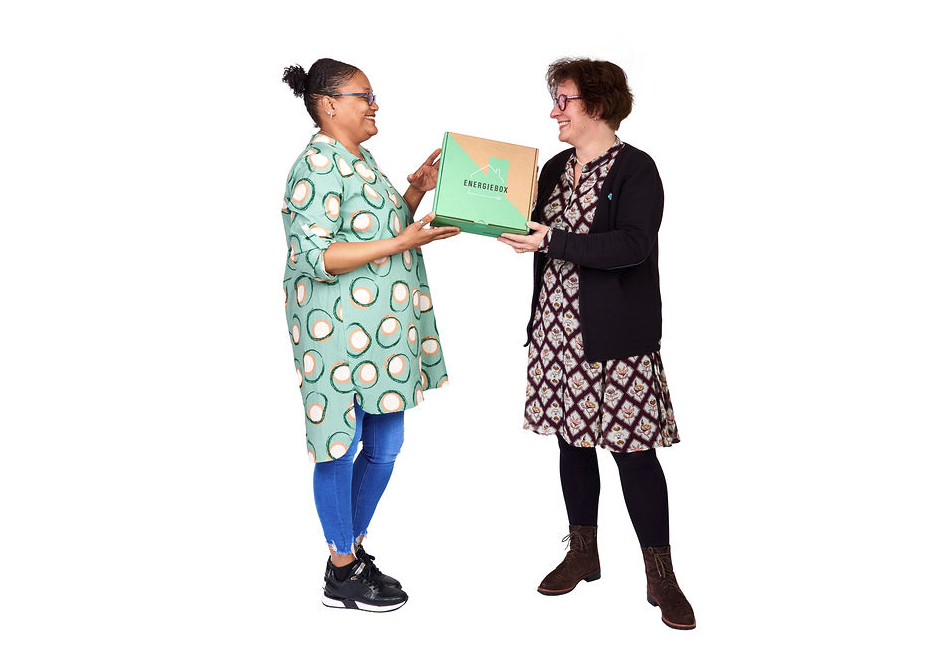[22.06.22] Blog-Research Yields Surprising Results about Promotional Activities of the Dutch Energy Box
by Lenneke Kok (Hogeschool Utrecht)

Energy Box is a program and tool created to reduce the energy costs of households in the Netherlands by introducing easily implemented energy-saving measures provided in a physical Energy Box, and by providing personal advice on energy-saving practices, mostly centered on behavioral change. When participating in the program, households can choose between 3 different boxes containing various items, including products that are in high demand such as light sockets with on/off switches, LED lights, and radiator foils. Research surrounding the Energy Box is being conducted by the Dutch consultancy agency JMA, which is looking into the effects of different promotional strategies on the use of this tool in Utrecht. As such, the Energy Box was offered to private tenants in three similar flats in one of the city’s neighborhoods using a different set of promotional activities. The results were astonishing.
Energy Box Participant Background
The number of private tenants applying for an Energy Box has grown tremendously in recent years. Surveys show that many people take part in the programme due to environmental interest and/or for the purpose of cutting energy costs, but not necessarily because these participants are struggling with paying their energy bill. However, due to rising energy prices lately, this is expected to change rapidly.
Why research promotional strategies?
As has been discovered within the H2020 ENPOR project, although people are interested in the Energy Box, it is exceedingly difficult to reach those who could benefit from the box the most, namely tenants in the private sector facing energy poverty. It was found that average response rates for Energy Box engagements in 2020-2021 varied between 10-15%. In the private sector, these rates were even lower. In order to study the reasoning behind this, and to understand if the level of engagement is dependent on the promotional strategy employed, three buildings with 72 households each were selected, and different promotional activities were utilized to determine the most effective strategy. The promotional activities investigated in this study included an informally written letter by post, an informally written e-mail, and a formal e-mail. In addition, various reminders were issues via a house-to-house visit, a letter by post and a flyer in the lay-out of a hotel “do not disturb” sign.
Results of the study
It was expected that engagement levels would be similar in all three buildings and that households would slightly prefer the informal e-mail. However, the informally written letter received the highest response rate of over 50%, in conjunction with door-to-door visits. One of the energy-coaches that made door-to-door visits inquired why initial efforts to make contact via mail or email were unsuccessful. Responses included:
“My energy costs are already low, so I am not interested.”
“I missed the mail.”
“I am afraid Energy Box will use my contact details for advertisements in the future.”
There responses will be taken into consideration for future promotional campaigns. Likewise, a reminder in the form of the flyer resulted in no extra registrations at all, meaning that this method will most likely not be used in future promotional efforts. The response rate of households on which this strategy was used was less than 6% response.
Conclusion
Despite the small sample size, initial assumptions were proven incorrect as different promotional activities greatly affect the response rates of household willing to participate in the programme. Informal written letters and door-to-door visits were found to yield the highest response rates resulting in the highest number of people who engaged with the programme, received the Energy Box, and spoke with energy advisors about tips and tricks to save energy. For more information about this research, please contact lenneke.kok@hu.nl.
